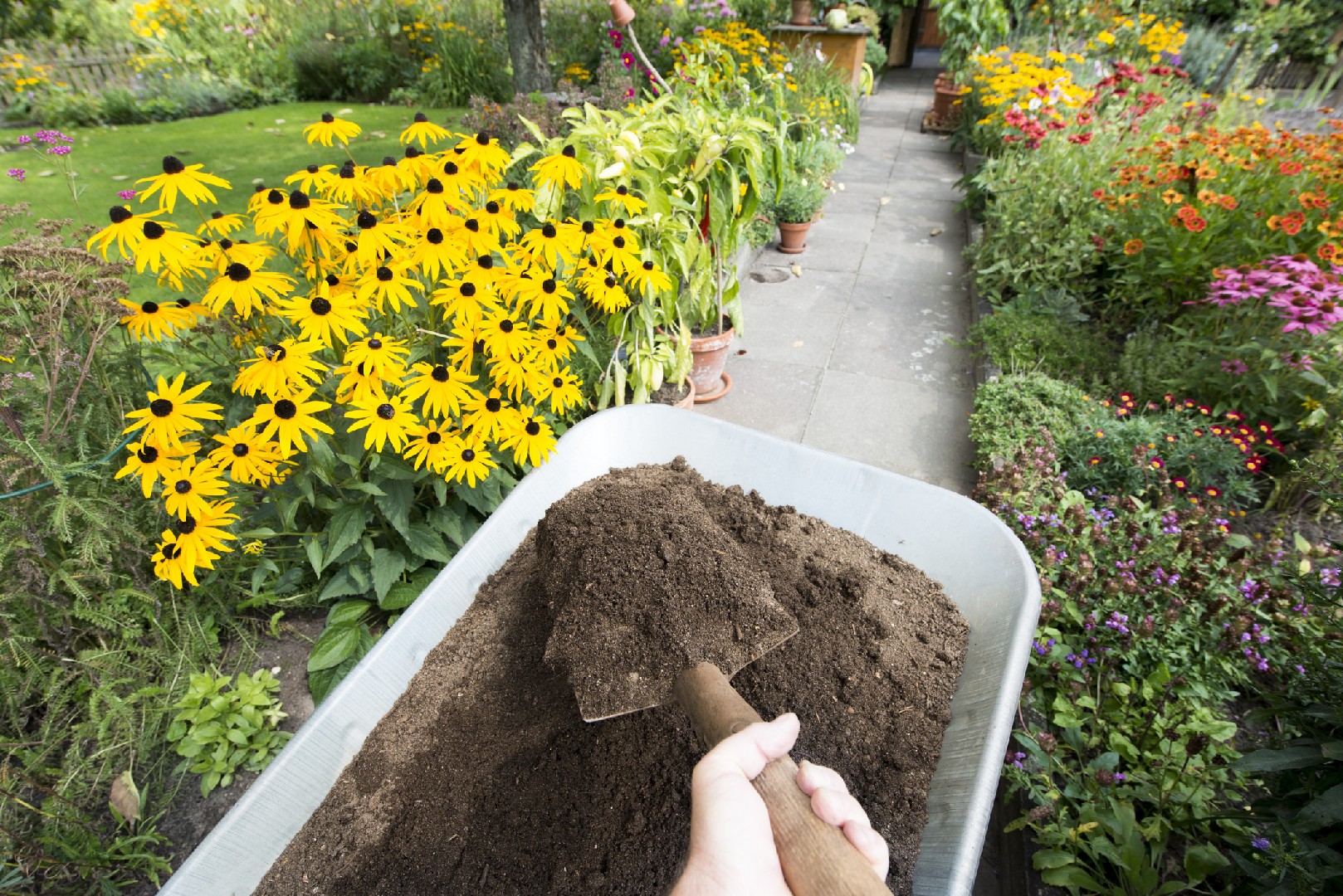![Rectangle]()
The ABC's of Fertilizer Calculations: Ensuring Ideal Nutrition for Your Garden
Introduction to the Concept and Importance of Fertilizer Calculations
Fertilizer calculations are an essential tool in every gardener's arsenal. They help ensure that your plants receive the ideal nutrition they need to thrive and produce abundant blooms or bountiful harvests. By understanding how to calculate the right amount of fertilizer, you can avoid under or overfeeding your plants, which can lead to nutrient deficiencies or toxicity.
Key Factors Influencing Fertilizer Computations
When it comes to fertilizer calculations, several factors come into play. The most important ones include the nutrient content of the fertilizer, target plant nutrient requirements, soil nutrient levels, and the area to be fertilized.
Nutrient content of the fertilizer:
Different fertilizers contain varying amounts of essential nutrients such as nitrogen (N), phosphorus (P), and potassium (K). Understanding the nutrient content of the fertilizer is crucial for determining the appropriate application rate.
Target plant nutrient requirements:
Different plants have different nutrient requirements. Some plants, like leafy greens, require higher nitrogen levels, while fruiting plants, such as tomatoes, benefit from higher potassium levels. Understanding the specific nutrient requirements of your plants is essential for accurate fertilizer calculations.
Soil nutrient levels:
Testing your soil's nutrient levels is a critical step in fertilizer calculations. Soil tests help identify nutrient deficiencies or excesses, allowing you to tailor your fertilizer application accordingly.
Area to be fertilized:
The size of the area you plan to fertilize is another factor to consider. It's essential to calculate the correct amount of fertilizer needed to cover the entire area effectively.
Overview of Nutrient Requirements and Their Role in Optimal Plant Growth
Nutrients play a vital role in plant growth and development. They are essential for various physiological processes, including photosynthesis, energy production, and cell division. Understanding the role of each nutrient is crucial in providing optimal nutrition to your plants.
Nitrogen (N) is responsible for leaf and stem growth. It promotes lush, green foliage and helps plants produce chlorophyll, which is essential for photosynthesis.
Phosphorus (P) aids in root development, flower formation, and fruit production. It plays a crucial role in energy transfer and DNA formation.
Potassium (K) contributes to overall plant health and disease resistance. It regulates water uptake, improves nutrient efficiency, and enhances root development.
Other essential nutrients include calcium, magnesium, and micronutrients such as iron and zinc. Each nutrient has its specific functions and deficiencies can result in stunted growth, leaf discoloration, or poor yields.
In conclusion, fertilizer calculations are essential for every gardener looking to provide ideal nutrition to their plants. By considering factors such as nutrient content, target plant requirements, soil nutrient levels, and area to be fertilized, you can ensure accurate and effective fertilizer application. Understanding the role of essential nutrients in plant growth allows you to tailor your fertilizer use and provide optimal nutrition for healthy and thriving plants. By mastering fertilizer calculations, you'll become a green thumb with the skills and knowledge to create a garden that flourishes with vitality and beauty.





